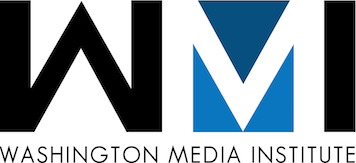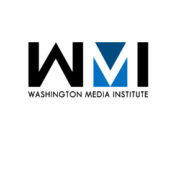By Austin Bruno
“Make your way around the monuments, late at night. And check out the Smithsonian museums!”
I heard those two bits of touristy “advice” more than anything else when I told people I’d be spending a semester in D.C. This town is famous for having some of the best museums in the world, and if you were to visit the Museums of Natural History, American History, or the Gallery of Art, you’d be in agreement. So I’ve naturally made my way around the museums during the time I’ve spent here, and had just one left on my list. One that I was particularly excited for, because it was dedicated to the history of the people I regrettably knew little about, but have always been fascinated by: those who inhabited this country long before my ancestors immigrated to this Promised Land.
I approached the Museum of the American Indian this past Monday and was struck by its external beauty. The smooth, flowing curves at its edges suggested something uniquely Southwestern carved out of the Grand Canyon, a structure shaped over the eons by water, wind, and erosion. The architecture alone was enough to excite me for a place that would soon let me down.
Upon entrance, I was put off by the lack of actual display pieces for visitors to look at. I saw the maps suggested that one start at the top floor, the fourth, and work your way down. A bit unusual, but I played along. I went to the fourth floor. Then the third, the second, and I soon realized I had seen all that the museum had to offer. I don’t think I was even there for ninety minutes.
I didn’t rush through the place by any means. Each exhibit had little in the way of artifacts from throughout history, which is what I expected to see in a museum. Most of what I saw appeared to be from the modern day, which was all well and good, but I was really hoping to get a taste of the ancestral roots of some of these tribes – a concept most of them pride themselves on. I did enjoy the Hawaiian exhibit, though that too was fairly empty.
The museum seemed to rely on text more than anything, with a large section devoted to the some 400 treaties brokered between native tribes and the United States over the centuries. But lack of artifact displays aside, this exhibit really irked me. I know that a museum like this has to walk a fine line when it comes to discussing the relationship between native peoples and the U.S. But it all seemed to gloss over what these treaties ultimately did for American Indians, and that was to push them ever westward so the fledgling United States could fulfill its Manifest Destiny of spreading Columbia’s arms from coast to coast, destroying ancient cultures in the process. It’s hard to discuss in this museum without igniting controversy, but I feel that the exhibits could somehow show reality a little more honestly, instead of tending to only showcase the positives during times in history when they were outweighed by the negatives.
American Indian history is such a dense subject that the museum could surely offer more to visitors than what is currently on display. The place feels barren, empty, and utterly lacking in museum content. We owe it to the United States and to the hundreds of sovereign Indian nations existing within it to have a proper museum experience in the nation’s capital. The sister museum in New York City appears to be the superior of the two, so perhaps Smithsonian could learn from another one of its own institutions, because the one we have in D.C. is hardly worthy of bearing the Smithsonian moniker.
I’ll continue my novice explorations into native cultures on my own until then, but I really wish the Museum of the American Indian could have been of more help in that area.
Originally posted September 30, 2016




Leave a Reply
Want to join the discussion?Feel free to contribute!